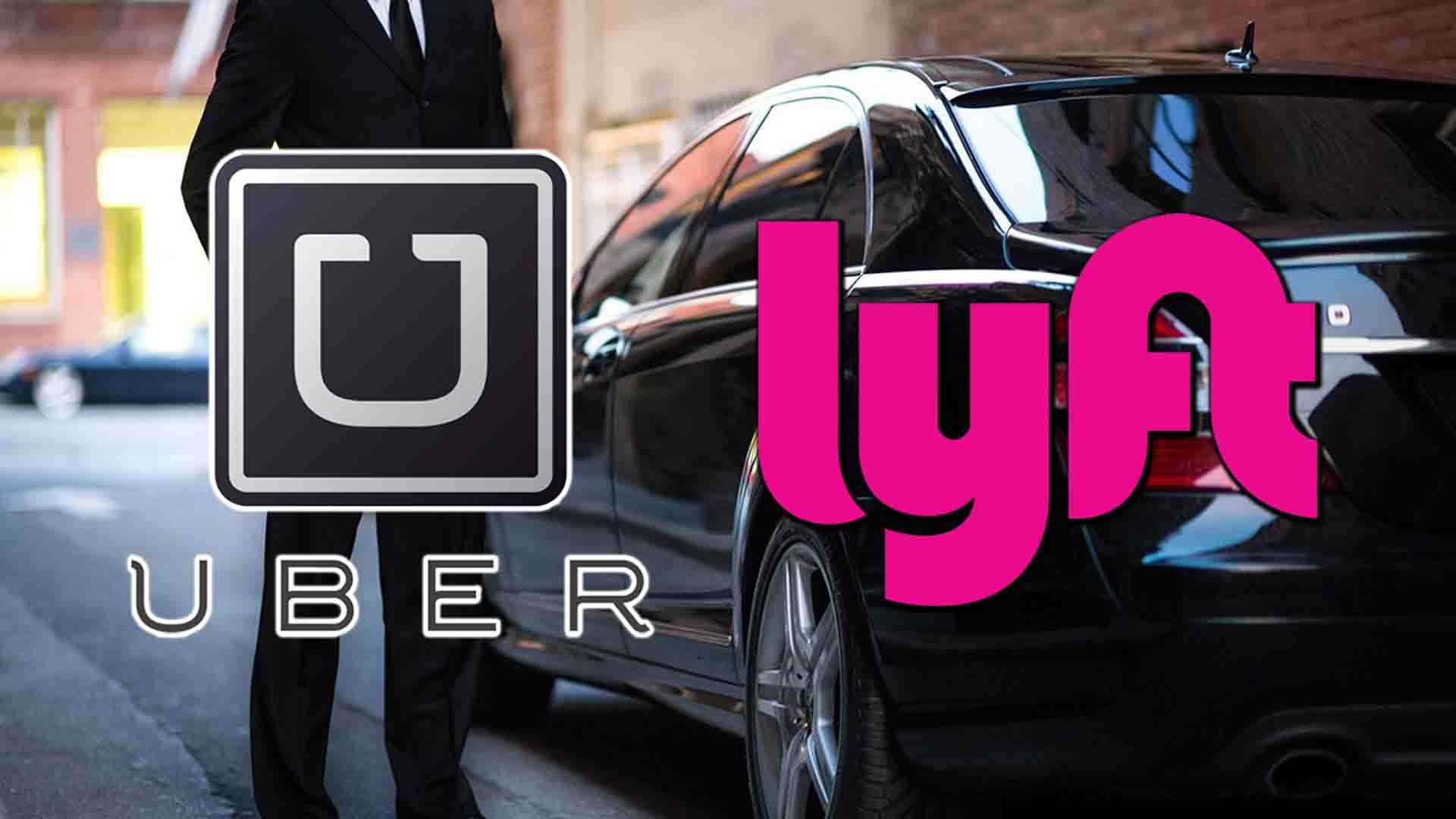
SAN FRANCISCO (NYT) — The Federal Bureau of Investigation and the United States attorney’s office in New York are looking into whether Uber used tactics and software to illegally interfere with Lyft, its largest American competitor.
The investigation is focused on Uber’s use of a special program internally called “Hell,” said people with knowledge of the proceedings, who spoke on condition of anonymity because they were not authorized to speak publicly. Uber had used the program to gain an edge over Lyft in markets where both companies operated, these people said.
A spokesman for Uber confirmed that the ride-hailing company was cooperating with the investigation but declined further comment. A spokesman for the United States attorney’s office in Manhattan declined to comment, while the F.B.I.’s New York office did not immediately respond to a request for comment. The investigation was earlier reported by The Wall Street Journal.
While Uber appointed a new chief executive last month, the ride-hailing company continues to grapple with the fallout from past actions under Travis Kalanick, its former chief. Mr. Kalanick prized aggression in building Uber, which often resulted in tactics and practices that skirted the boundaries of the law — and that have led to multiple legal headaches.
Uber had used the program to gain an edge over Lyft in markets where both companies operated
The Justice Department is also looking into another Uber software program, named “Greyball,” which was used to evade law enforcement in cities where the company’s ride-hailing service was not allowed to operate. Separately, Uber is dealing with an inquiry over accusations that one of its employees bribed officials in India, and the company continues to be entangled in a legal battle over intellectual property theft with Waymo, a major competitor in the race to conquer self-driving car technology.
The “Hell” program was essentially a competitive intelligence initiative created by Uber to challenge Lyft for drivers and riders. According to the people familiar with the investigation, Uber employees used the program to monitor drivers who worked for both services. Uber would then use financial incentives to persuade drivers to work for Uber more frequently instead of Lyft.
The existence of the “Hell” program was uncovered this year by a technology news site, The Information, which said Uber ended the effort in 2016.
One key question, according to one of the people with knowledge of the investigation, is whether Uber engaged in some kind of unlawful computer access as part of its scheme.
Uber would then use financial incentives to persuade drivers to work for Uber more frequently instead of Lyft.
On Friday, Dara Khosrowshahi, Uber’s new chief executive, also stepped down from the board of The New York Times Company, where he had held a seat since 2015. In a filing with the Securities and Exchange Commission, The Times said Mr. Khosrowshahi’s decision “was not due to any disagreements with the company on any matter relating to the company’s operations, policies or practices.”








